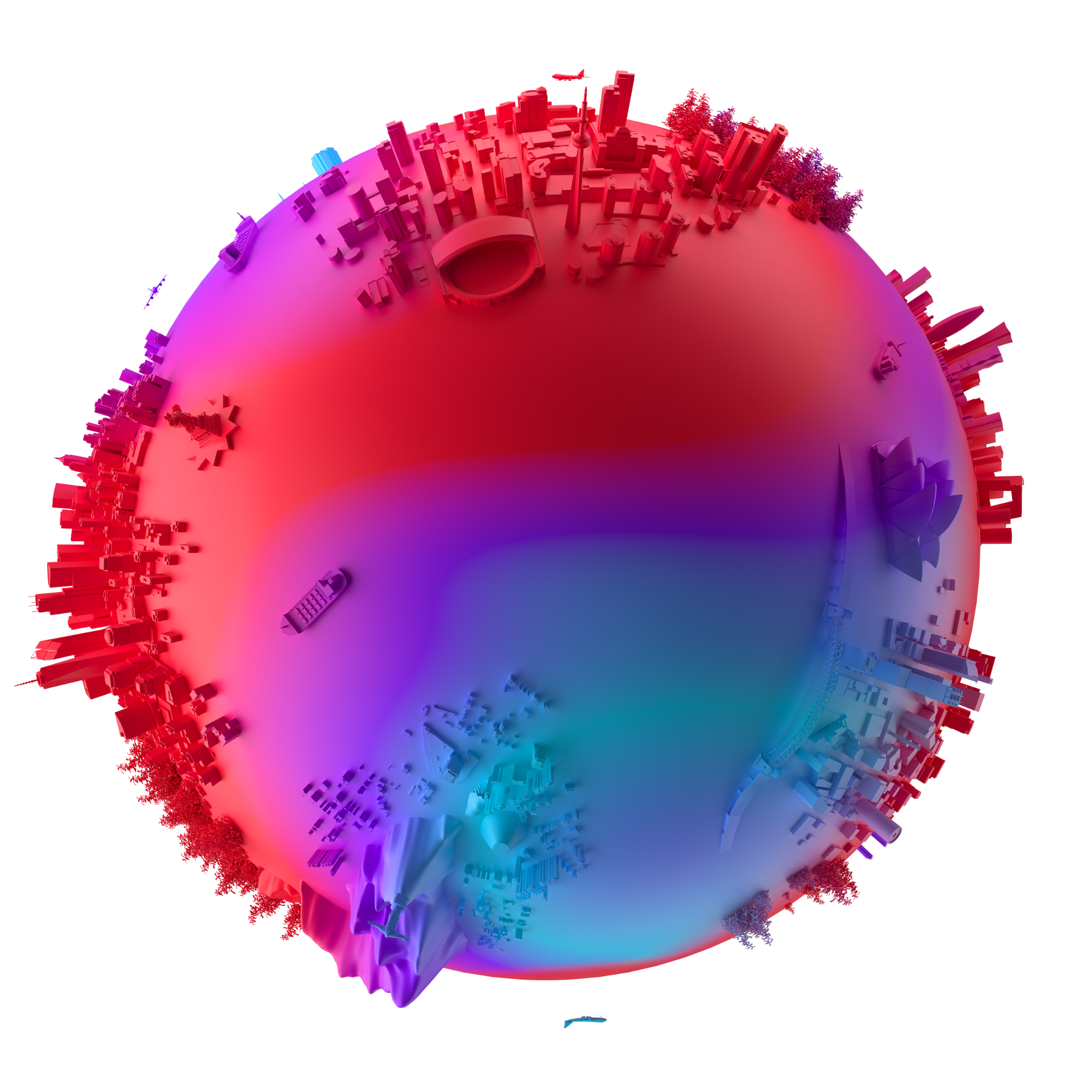Diversity: From Agency to Ads
R3 study reveals how marketers and agencies can best frame diversity and inclusion in a Southeast Asian context.
Share this post
Diversity and inclusion have a very different take across Southeast Asia. The region consists of multiple countries in varying stages of economic and social development with a range of ethnicities, languages, and cultures which are unique to Asia.
To better understand the progress of diversity in advertising in this region, R3 conducted a study on how marketers and agencies can best frame the issue from a Southeast Asian context. The initiative consisted of a survey of brands and agencies and the review of 300 video advertisements to answer two key questions: How is gender represented in advertising in Southeast Asia? And is there a correlation with the diversity and inclusion within agencies in the region?
The Advertising
Though the representation of women and men were equal in advertising, narratives were more likely to be told from a male perspective. This, unfortunately, reinforces outdated values of how women and men should think, understand, and act. Many brands continue to depict women in singular roles of mother, wife, and caregiver. While subtle shifts have been observed, there are missed opportunities for brands to set themselves apart by portraying women in environments outside of the home.
The Agencies
Heightened awareness around female empowerment has encouraged agencies in Southeast Asia to be more progressive in their hiring across genders. There is almost an equal split between genders amongst agencies, and where DE&I initiatives have been launched, they have mainly focused on increasing women’s equality in the workplace. However, the fact that advertising is still being told from a male lens suggests that the storytellers are still male or inclined to read from a male script.
The report found that:
- There are still strong indicators that negative gender roles are still being promoted in marketing in the region;
- 44% of advertising reviewed for the report limited women to domestic roles, with narratives being told from a male perspective;
- The gender split across agencies in Southeast Asia is almost equal, with men in slightly more (10%) leadership roles than women;
- Female empowerment has been the focus of diversity initiatives across agencies in the region, though most activities reported were limited to educational and culture building exercises;
- 33% of ads portrayed negative stereotypes of body image;
- 38% of ads portrayed negative stereotypes of gender characteristics;
- 60% of agencies do not have a formal process in ensuring there is DE&I in their work for clients;
- 40% of agencies in SEA saw no change in representations of race and ethnicity, ability, sexuality, gender identity and age in their work over the past 12 months;
- 40% of agencies agree they never see client briefs including specifications for DE&I.
Download the full report here.


